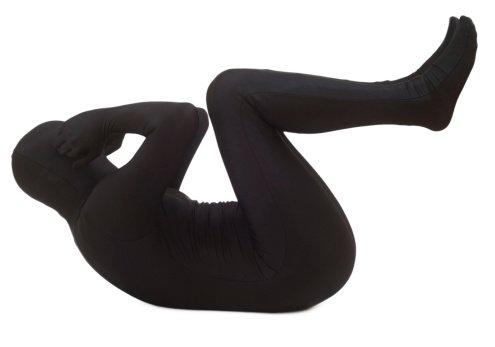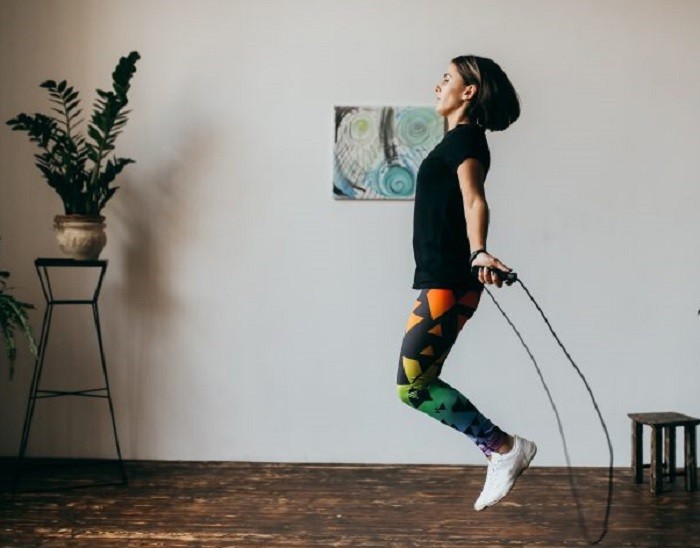
Sit-ups also help to strengthen your lower back, pelvis and hips muscles, which gives you a firm centre, reducing the risk of injury and improving your posture. But to reap the benefits of this exercise, you need to do it correctly. If you are having trouble in performing this ab exercise then here are some ways to correct it.
However, experts have time and again questioned the effectiveness and benefits of sit-ups. It has been linked to back problems and injuries. But like every other activity, sit-up also has its own pros and cons. Here in this article, we will tell you all the major advantages and disadvantages of sit-ups, making it easy for you to take the correct decision.
Advantage: It is good for core strength
One of the major reasons why most people do sit-ups is because it helps to build core muscles. This one move targets your abdominal and hip muscle group. A study suggests that older women who can do sit-ups correctly are less likely to suffer from loss of muscle due to ageing.
Advantage: Improve flexibility
Sit-ups help to loosen your spine and hip muscles. It makes your back and hip muscles flexible. Having a flexible back and hip muscles improve circulation and reduce stress. Performing sit-ups properly also build a strong core and also makes it easier to keep your hips, spine, and shoulders aligned.
Drawback: Incorrect body form can lead to injury
While performing sit-ups you have to hunch forward, which is not considered good for your spine. Hunching forward also known as spine flexion puts a lot of pressure on your spine, which is not normal and can at times lead to a back injury. Moreover, some people pull their neck forward while coming up. This can even lead to a neck sprain.
Drawback: Overuse
To reap benefits from any exercise you must not focus on the number of repetitions. Rather your focus should be on your form. Doing exercises 20 times correctly is far better than doing it 50 times incorrectly. The same thing happens while performing sit-ups, people generally overdo the recommended level of repetitions. This is lead to muscle strain and inflammation.


